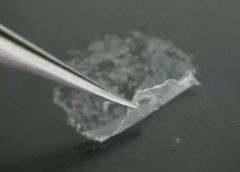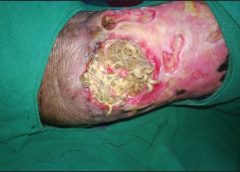Donna Sardina, RN, MHA, WCC, CWCMS, DWC, OMS
Silence, roving eyes, fidgeting, excuses, a quick subject change—these are typical responses from healthcare clinicians when asked, “What’s the patient’s ankle-brachial index?” You’d think someone had just uttered a dirty word.
The ankle-brachial index (ABI) is a key component of the lower-extremity vascular exam, recommended and in some cases mandated by numerous clinical practice guidelines, including the most recent international guidelines on preventing and treating pressure ulcers. (more…)
Read More


